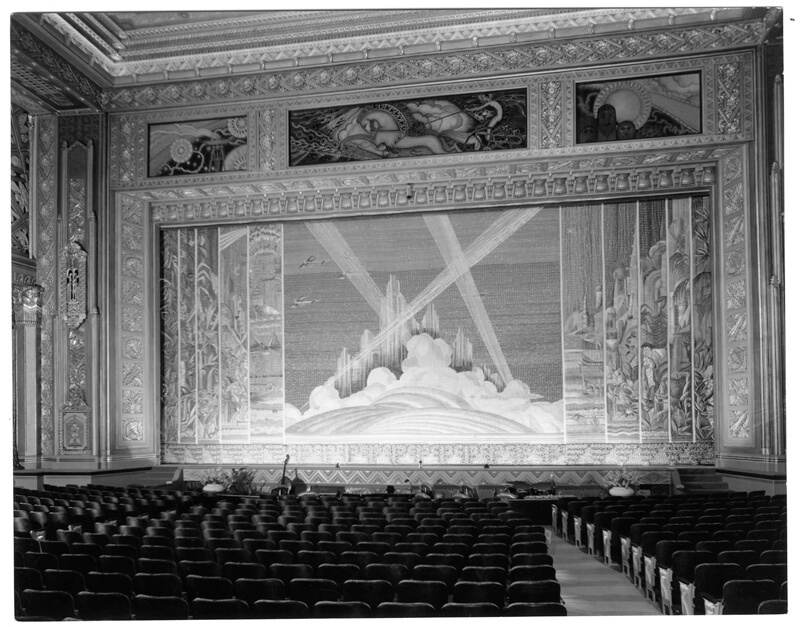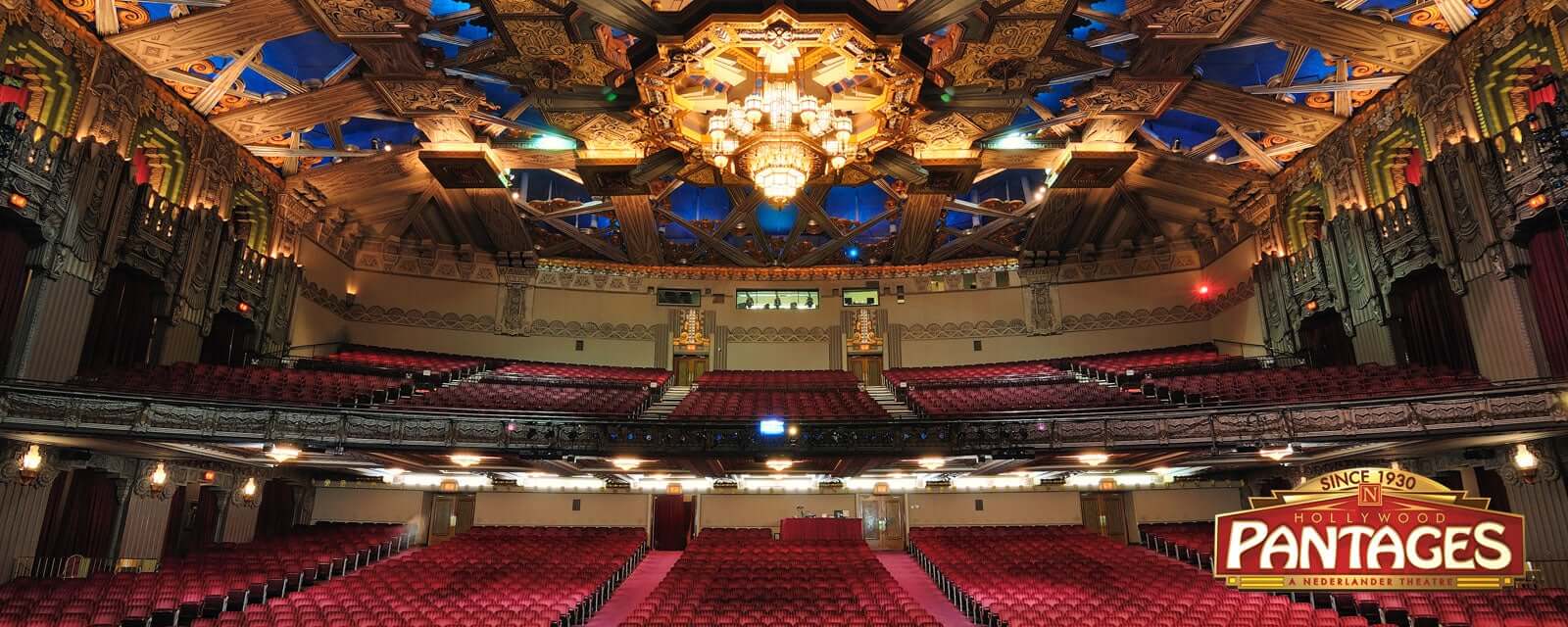
Excitement is in the Air!
Just in time for summer fun, 60out is opening the largest and most innovative immersive entertainment center on the west coast at HHLA. This flagship location will feature five escape rooms and a VR room with more than 30 live-action adventures.
Be the first to find our opening date, early access to booking, a first look at exclusive pictures,
and more!
Enter your email:
The Hollywood Pantages Theatre: LA Entertainment History
As virtual reality and 3D movies take center stage (pun intended!) in today’s entertainment world, it’s important to take a look at how we got to where we are. What forces shaped entertainment in Los Angeles? How has entertainment technology evolved since the beginning of the 20th century?
To answer some of these questions, let’s take a look at one of Los Angeles’ most innovative historical theaters, the Hollywood Pantages Theatre. We’ll explore the theater’s history, including the technology and theater design that made it unique, as well as the theater’s current projects and shows.
The Early Days
The Hollywood Pantages Theatre was designed by B. Marcus Priteca and built by theater-empire magnate Alexander Pantages. The theater, which opened on June 4, 1930, was originally designed to show vaudeville acts in addition to motion pictures. However, the theater began showing mostly movies after the Great Depression hit.
When the theater was built, it was truly innovative for its time. With state-of-the-art hydraulics to raise the orchestra pit and musicians, extremely bright lights, and a 10,000-square-foot stage, the Pantages secured its place at the top of the high-end Los Angeles theater scene. It took $1.25 million to build the theater in 1930, which translates to a cost of about $22 million today.
The Pantages took innovation in architecture seriously. In fact, the original fire curtain, a decorative curtain intended to protect audiences in the case of a fire, depicted an artist’s rendition of the tandem evolution of art, man, and architecture. The curtain was lost when a spark from the orchestra created a fire, burning the curtain while it did its job of keeping the audience, musicians, and actors safe.

The original fire curtain in the Pantages Theater
Big Names, Historic Performances
Since the 1930s, big names in Hollywood and beyond have been associated with the Pantages Theatre, both on stage and off. In fact, from 1950-1959, the Pantages Theatre hosted the Academy Awards, where the biggest stars in Hollywood gathered each year. The Pantages was embedded in the lives of many big names; for example, in 1957, famed actor Yul Brynner won an Academy Award for “The King and I” at the Pantages, and, in 1983, gave his 4000th live performance of the same show on the Pantages stage.
The Pantages has been home to much movie history. For example, in 1963, the Pantages Theatre premiered the famous movie “Cleopatra,” charging $250 per person for a benefit that helped fund the creation of Los Angeles’ performing arts center, The Music Center, one of the largest performing arts centers in the country today.
The big names weren’t just on screen, either ― stars in Hollywood came out to see shows at the Pantages regularly. When describing an opening night audience in 1973, vaudeville pianist and theater historian Terry Helgesen said that “practically every movie star in Hollywood” was there.
The Pantages modernized once again in 1977 when they renovated to accommodate more live performances, bringing them back to their roots in live theater. The musical review “Bubbling Brown Sugar” was the first Broadway show performed at the Pantages and featured music by Duke Ellington and Billie Holiday. Flyers for the show exclaimed that the show “boils with dazzlement!’
Bringing Us Into the Modern Day
The theater saw its biggest renovation yet in 2000 when the second U.S. production of Broadway's stage version of Disney’s “The Lion King” was set to play at the Pantages Theatre. In preparation for the show, 2,703 new plush chairs were added (950 in the mezzanine and 1753 downstairs), a 40x40 foot pit was cut into the stage for the hydraulics required by the show, and huge amounts of new light bulbs, carpeting, marble, and even gold and silver leaf were added to the historic theater, bringing it back to the grandeur of the 1930s. The showing of “The Lion King” at the Pantages also brought renewed respect to the theater; as one reporter stated in a 1999 story on the subject, “By deciding to bring ‘The Lion King’ to Hollywood’s Pantages, [Disney producers] Schneider and Schumacher tipped the balance of power in L.A.’s commercial theater.”
Today, the Hollywood Pantages Theatre still stands as one of the most well-regarded and popular theaters in Los Angeles. In fact, shows at the Pantages led to the five highest-grossing weeks in Los Angeles theater history. The theater also maintains much of its 1930s Art Deco charm, from the sparkling Grand Chandelier to a blue ceiling covered in gilded swirls. Visitors must make sure to capture pictures of the beautiful architecture (and make sure to put their cellphones away once the show starts!).

The Pantages Theatre today. Source Pantages Theatre website
The Pantages offers a number of much-beloved traditions, such as turning their Box Office Lobby into a magical holiday-tree wonderland each winter, a holiday tradition that has been happening for the last ten years or so. Their modern-day lineup features a variety of live shows, from classics like “Annie” and “The Lion King” to more modern offerings such as “Mean Girls” and “Beetlejuice: The Musical.”
Entertainment has certainly come a long way since the 1930s ― but places like the Pantages help remind us of Los Angeles’ roots as the heart of innovative entertainment.